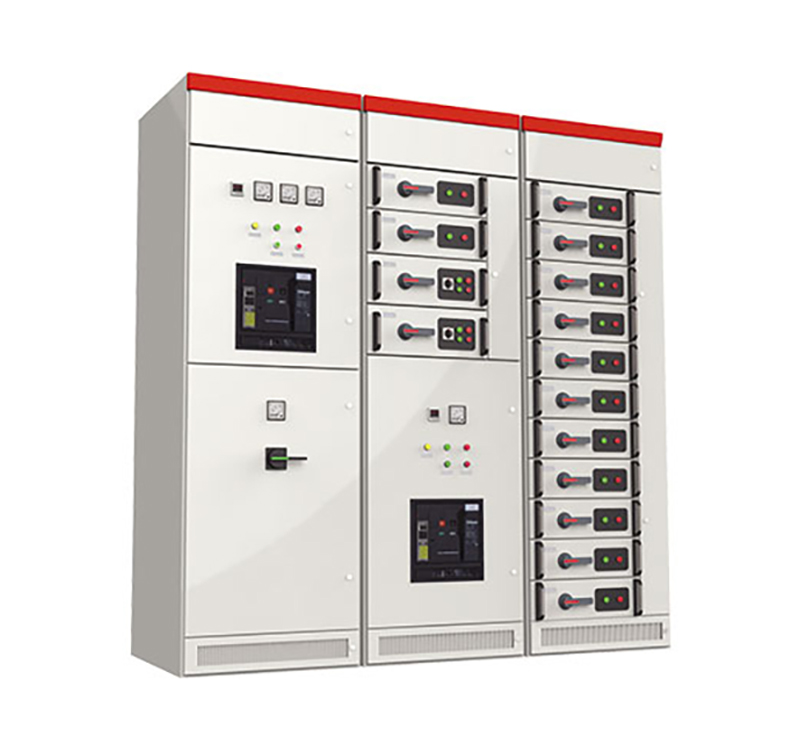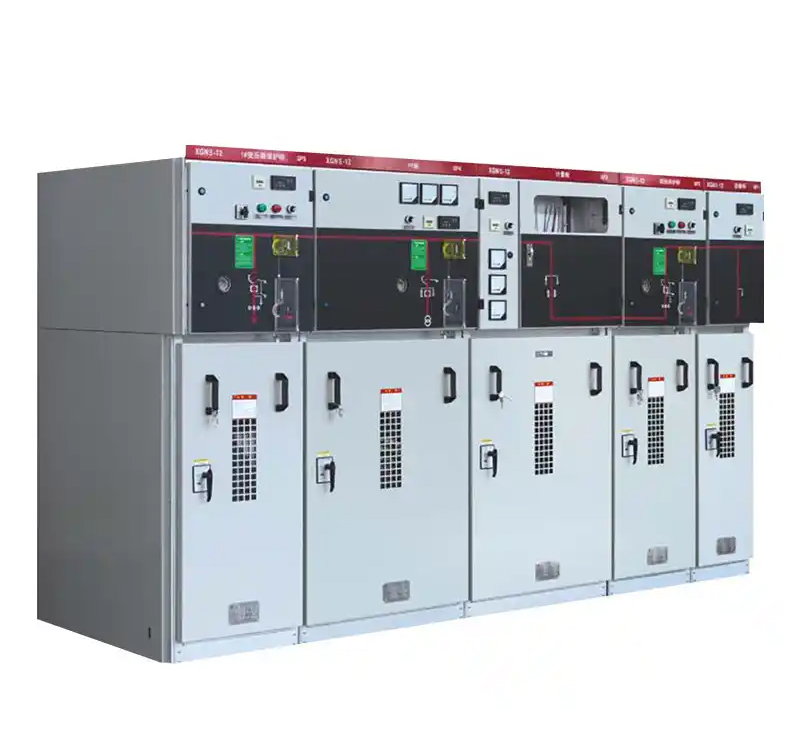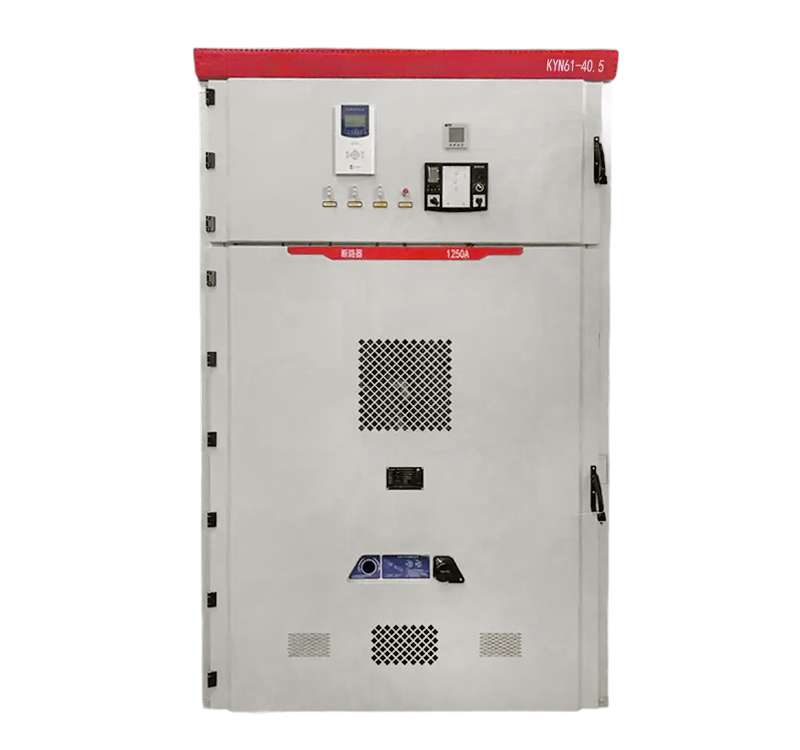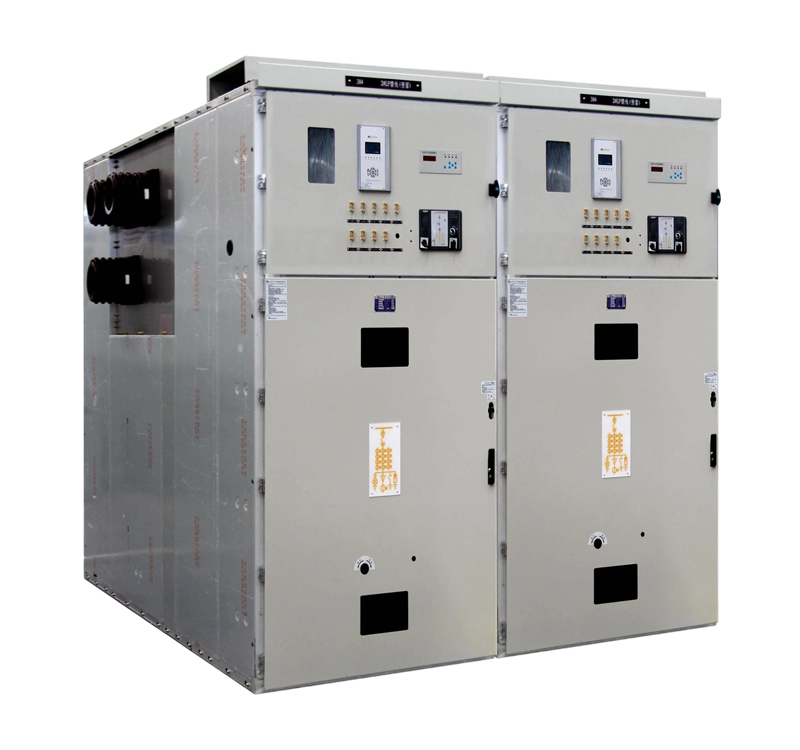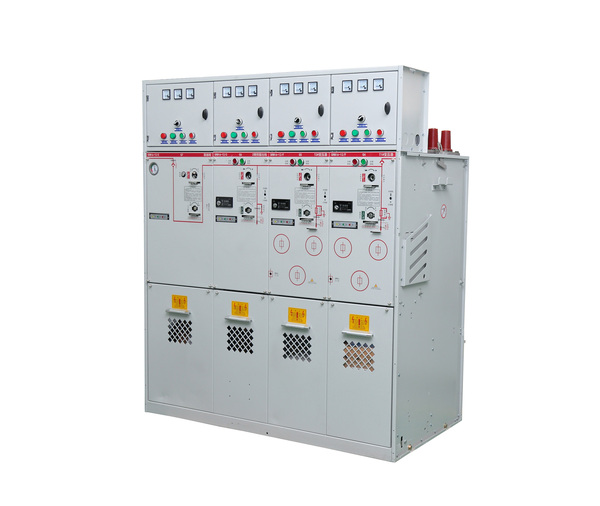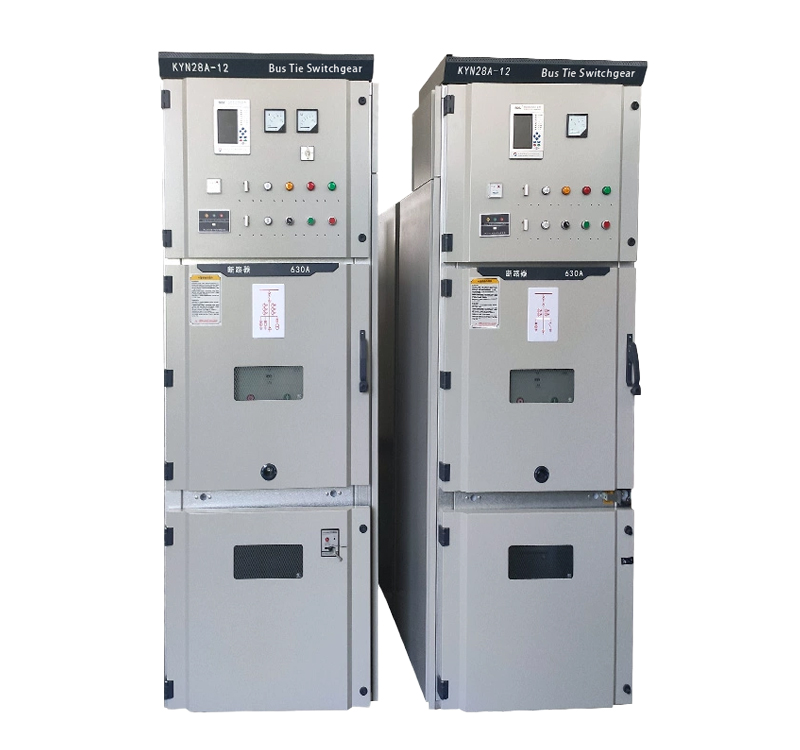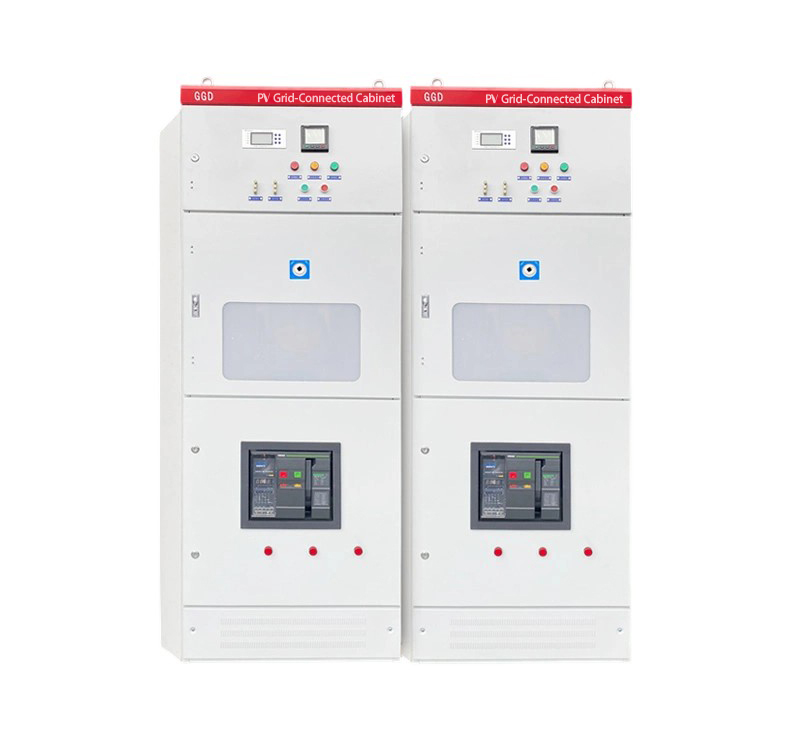
Gas-Insulated Switchgear (GIS) is a complete set of equipment that seals high-voltage electrical components (such as circuit breakers, disconnectors, earthing switches, instrument transformers, surge arresters, etc.) in a metal casing and fills it with insulating gas (typically sulfur hexafluoride, SF₆) as the insulating and arc-extinguishing medium. Its working principle integrates gas insulation characteristics, arc-extinguishing mechanisms, and system integration design. The detailed analysis from structural, functional, and operational aspects is as follows:
I. Core Structural Components of GIS
The structural design of GIS centers on “sealed gas insulation,” comprising the following key parts:
1.Sealed Metal Casing
Constructed from stainless steel or aluminum alloy, forming a hermetic container to maintain stable internal gas pressure (typically 0.3–0.6 MPa). It also provides electromagnetic shielding and mechanical protection.2.Insulating Gas (Predominantly SF₆)
Insulation Properties: SF₆ gas has 2.5–3 times the insulation strength of air, effectively isolating live parts under high voltage to prevent breakdown.
Arc-Extinguishing Capability: Under arcing, SF₆ decomposes into low-molecular gases, absorbing arc energy and cooling rapidly. Its arc-extinguishing speed exceeds that of air by 100+ times.3.High-Voltage Electrical Components
Circuit Breaker: Equipped with an arc chute for interrupting load current and short-circuit current, using pneumatic or self-energy arc-extinguishing methods.
Disconnector: Isolates the power supply for maintenance safety, operated only after the circuit breaker is opened.
Earthing Switch: Grounds equipment to prevent induced voltage or accidental power transmission.
Instrument Transformers: Include current transformers (CT) and voltage transformers (PT) for current/voltage measurement and protective signal sampling.
Surge Arrester: Protects equipment from lightning or switching overvoltages.4.Auxiliary Systems
Gas Pressure Monitoring: Continuously monitors SF₆ pressure, triggering alarms or interlocks when the threshold is exceeded.
Actuating Mechanism: Electric or hydraulic drive controls switch operations (opening/closing).
Intelligent Monitoring System: Integrates partial discharge monitoring, temperature sensing, etc., enabling condition-based maintenance.II. Working Principle Elaboration
1. Insulation Principle: SF₆ Gas Mechanism
Electronegative Advantage: As a strongly electronegative gas, SF₆ readily captures free electrons to form negative ions, reducing conductive particles and enhancing breakdown voltage.
Pressure-Insulation Correlation: Within a safe range, higher gas pressure (e.g., 0.4 MPa) corresponds to 3x stronger insulation than air.
Uniform Electric Field Design: The metal casing and gas create a uniform electric field, mitigating tip discharge risks.2. Arc-Extinguishing Principle: Circuit Breaker Functionality
Arc Dynamics:
Contact Separation: An arc forms as contacts part, decomposing SF₆ into S, F atoms, and low-molecular gases (e.g., SF₄, SF₂).
Arc Quenching: The arc chute uses pneumatic compression or self-energy (arc-heated gas expansion) to blow out the arc, rapidly cooling ions for SF₆ recombination.
Insulation Recovery: SF₆ swiftly restores insulation post-arc extinction to prevent re-breakdown.
Arc Chute Types:
Pneumatic Arc Chute: Uses piston-compressed gas for arc blowing, suitable for medium/high-voltage applications.
Self-Energy Arc Chute: Utilizes arc energy to heat gas, generating pressure for arc blowing—ideal for extra-high-voltage systems with reduced operating energy.3. Operational Procedures and Interlocks
Sequence Control:
Closing: Earthing switch open → disconnector close → circuit breaker close.
Opening: Circuit breaker open → disconnector open → earthing switch close (for maintenance).
Interlock Protection: Mechanical/electrical interlocks prevent misoperations, e.g.:
Disconnectors cannot operate if circuit breakers are closed.
Disconnectors cannot close if earthing switches are engaged, avoiding energization with ground.4. System Integration & Fault Protection
Fault Current Interruption: Upon short-circuit faults, protection devices trip the circuit breaker within 10–20 ms, using SF₆ to quench arcs and limit fault spread.
Overvoltage Protection: Surge arresters monitor voltage in real time, conducting discharges during lightning or switching overvoltages to safeguard insulation.III. GIS Advantages & Applications
1. Key Advantages
Compact Footprint: 70%–90% smaller than traditional air-insulated switchgear, ideal for urban substations and underground cable projects with space constraints.
High Reliability: Sealed design minimizes environmental impacts (dust, moisture, salt mist), enabling 10–20-year maintenance cycles.
Enhanced Safety: Grounded metal casings shield electromagnetic fields, while robust arc extinction reduces explosion risks.
Intelligent Integration: Compatible with Substation Automation Systems (SAS) for remote monitoring and unattended operation.2. Application Scenarios
Voltage Range: Widely used in 10 kV–1,100 kV high/extra-high-voltage systems, dominant in ≥110 kV substations.
Special Environments: Coastal areas (anti-salt mist), high altitudes (avoids thin-air insulation degradation), and urban centers (low noise, minimal maintenance).Conclusion
GIS ensures safe, reliable high-voltage operation through SF₆’s insulation/arc-extinguishing properties, combined with sealed metal casings and integrated design. Its functionality relies on SF₆’s physio-chemical traits, precise mechanical structures, and intelligent controls for operational accuracy and fault protection. Driven by environmental demands, future GIS development will prioritize SF₆-free technologies and intelligence, advancing green power equipment innovation.

